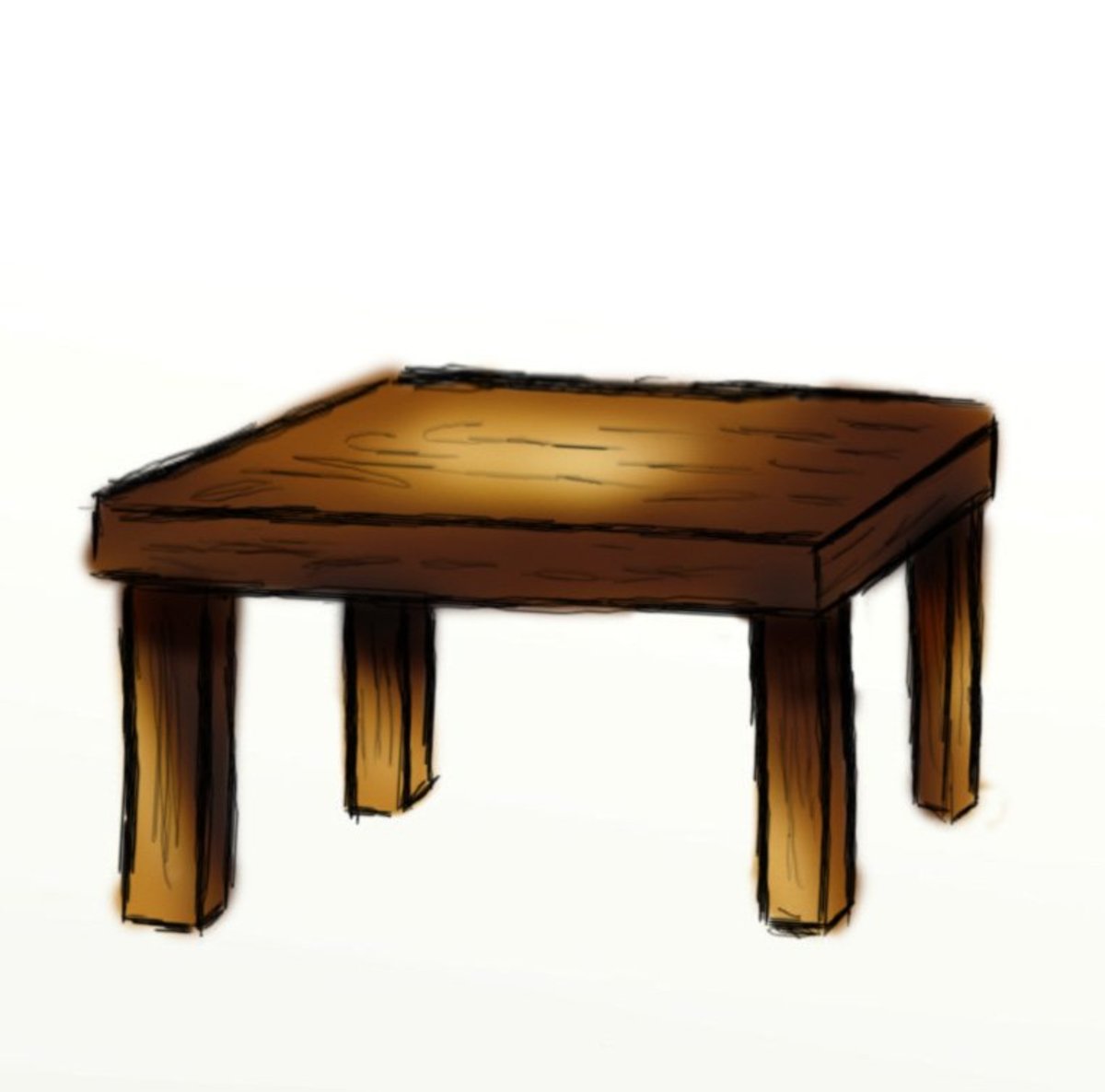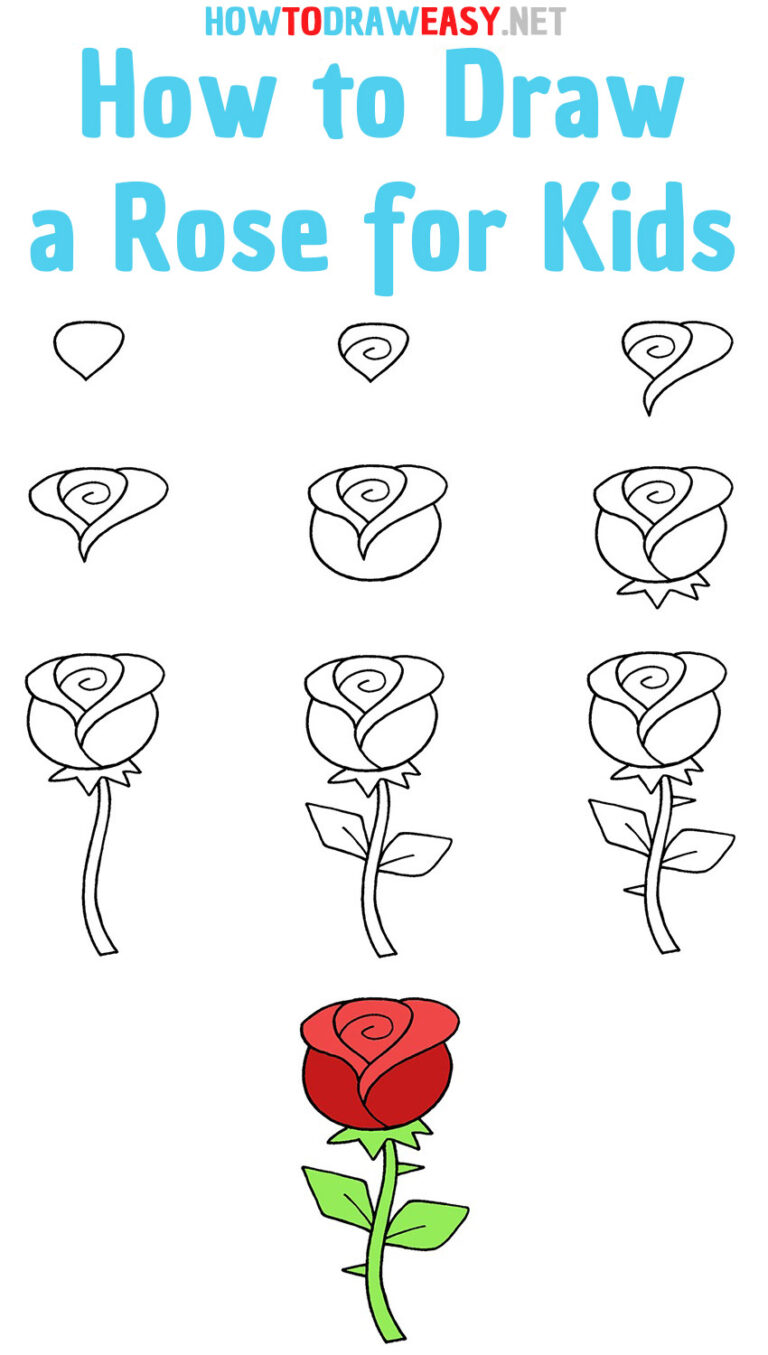Getdrawings getdrawingscom
Table of Contents
Table of Contents
Do you want to learn how to draw a table? Drawing tables might seem like a daunting task, but with the right techniques and a bit of practice, anyone can learn to draw a table that looks realistic and three-dimensional. Whether you’re an aspiring artist, a student working on a design project, or just looking for a fun new skill to learn, mastering how to draw a table is a valuable skill to have in your creative toolkit.
The Pain Points of Drawing a Table
One of the biggest pain points of drawing a table is getting the proportions and angles right. Even experienced artists can struggle with creating a table that looks realistic and believable. Another challenge is understanding how to add shading and depth to the table, which can make or break the realism of the drawing.
Solution to the Problem: How to Draw a Table
The first step in drawing a table is to start with a basic outline of the shape of the table, including any legs or supports. From there, you can refine the details and start to add shading and dimension to make the table look more three-dimensional. There are a variety of techniques you can use to add depth to your drawing, such as cross-hatching, blending with a blending stump, and using a variety of pencil weights to create different textures and shadows.
Main Points of How to Draw a Table
In order to draw a table that looks realistic, you’ll need to start with a basic outline of the shape and work on refining the details of the table. When shading, focus on creating a sense of depth by adding shadows and highlights. Experiment with different shading techniques such as cross-hatching, blending, and weight variation. With practice, you’ll be able to create beautiful, three-dimensional tables that look like they could be real.
How to Draw a Table: Techniques and Tips
One of the best ways to learn how to draw a table is to start practicing. Find a picture of a table that you like and try to replicate it in your sketchbook. Focus on the proportions and angles, and make sure that the table looks balanced and stable.
 When it comes to shading, start by adding a light layer of shading over the entire table. Then, gradually build up shadow and depth in areas where the table would naturally be darker, such as underneath the table or on the legs. Use a blending stump or your finger to smooth out any harsh lines and create a more natural effect.
When it comes to shading, start by adding a light layer of shading over the entire table. Then, gradually build up shadow and depth in areas where the table would naturally be darker, such as underneath the table or on the legs. Use a blending stump or your finger to smooth out any harsh lines and create a more natural effect.
 Different Types of Tables to Draw
Different Types of Tables to Draw
There are many different types of tables that you can draw, from simple dining tables to elaborate coffee tables with intricate designs. Each type of table will require slightly different techniques and attention to detail, so it’s important to study reference images and learn the specific features of each type of table you want to draw.
Adding Design Elements
If you want to take your table drawing to the next level, consider adding design elements such as patterns, textures, or even small objects on the table’s surface. These can add visual interest and make your drawing more unique and personalized.
Question and Answer
Q: How do you draw a table that looks realistic?
A: To draw a table that looks realistic, focus on getting the proportions and perspective correct, and then add shading and depth to create a three-dimensional effect.
Q: What are some tips for shading a table?
A: Start with a light layer of shading and gradually build up darker areas, paying attention to where shadows would naturally fall. Use a blending stump to smooth out lines and create a more natural effect.
Q: What are some common mistakes to avoid when drawing tables?
A: Some common mistakes include not getting the proportions and perspective correct, not paying attention to shadows and shading, and not taking the time to refine the smaller details of the table.
Q: What are some tips for drawing intricate table designs?
A: Take your time and pay attention to detail. Study reference images and break down the design into smaller, manageable parts. Use a variety of pencil weights and shading techniques to create depth and texture.
Conclusion of How to Draw a Table
Drawing a table can be a rewarding and enjoyable experience, whether you’re a beginner or an experienced artist. By following these techniques and tips, you’ll be able to create beautiful, three-dimensional tables that look like they could be real. Remember to practice regularly and pay attention to the details, and soon you’ll be drawing tables with ease.
Gallery
How To Draw A Table - FeltMagnet

Photo Credit by: bing.com /
How To Draw A Table - Really Easy Drawing Tutorial

Photo Credit by: bing.com / table draw drawing easy tables wooden
How To Draw A Table - FeltMagnet

Photo Credit by: bing.com / hubpages feltmagnet
How To Draw A Table - FeltMagnet

Photo Credit by: bing.com / feltmagnet clipartmag
Table Drawing Images For Kids - Goimages World

Photo Credit by: bing.com / getdrawings getdrawingscom





